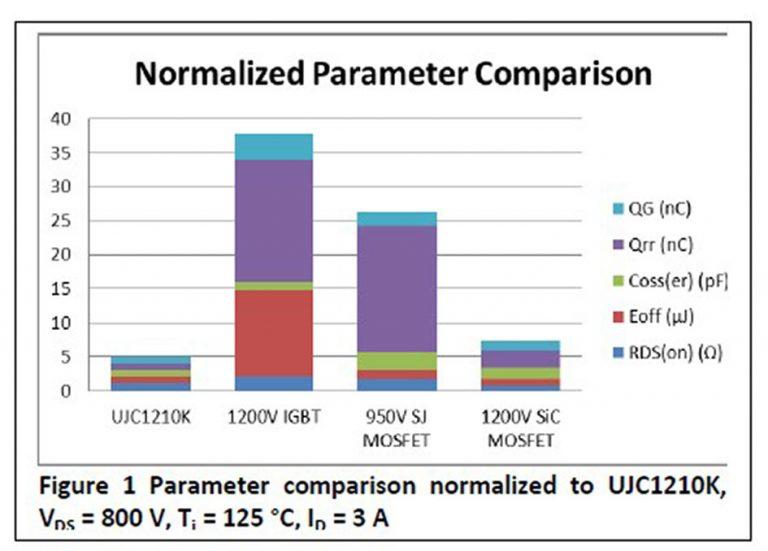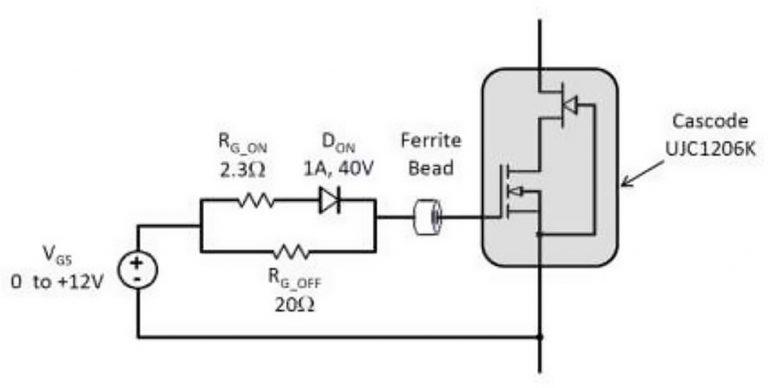Introduction
Anyone who has ever pulled a warm cell phone charger out of an electrical outlet will find the power conversion inefficient. The energy that was supposed to be transferred to your phone's battery ends up warming the atmosphere instead. Anyone with a stack of chargers like this for old phones, tablets, and other gadgets knows that we rely more and more on power conversion in our lives. Sho. The combination of these two factors makes it worthwhile for semiconductor companies and circuit designers to continue striving to increase the efficiency of power converters. Even if the individual improvements seem small, the cumulative effect can be large.
One of the largest contributors to conversion losses comes from the switching circuits used in power converters, especially when they contain MOSFETs or IGBTs. Experienced designers know that the "hard switching" that occurs in many power converters leads to the inevitable overlap of voltage and current during transitions, which causes momentarily high power losses. Masu.
This problem has been addressed through the development of 'soft-switching' converters that attempt to transition at zero voltage or current. The latest version of this approach is the LLC and phase-shifted full-bridge (PSFB) circuit topology shown in Figure 1.

These "resonant" converters take advantage of the phenomenon that the current in an inductor never changes abruptly because it is coupled to an inductive magnetic field. This allows the voltage and current transitions to be separated and not cause unnecessary power losses due to overlap. This can be achieved very easily when turning on the power switch using an approach known as Zero Voltage Switching (ZVS). Unfortunately, this approach does not work when the switch is turned off, so designers are looking to achieve zero-current switching (ZCS). ZCS implementations are so complex that a "hard switch" is often used to perform the turn-off transition.
Make LLC and PSFB converters executable
One of the reasons for the increasing popularity of LLC and PSFB converters is that IGBTs and Si MOSFETs suffer from high hard-off losses, and IGBTs in particular suffer from long “current tails”. Devices such as high-speed MOSFETs and wide-bandgap devices realized with materials such as silicon carbide (SiC) and gallium nitride (GaN) can significantly increase turn-off transition speeds and minimize voltage-current overlap. , thus minimizing losses. This makes LLC and PSFB topologies viable alternatives to traditional topologies.
Stringent efficiency targets for all kinds of equipment also make it commercially viable to achieve a small percentage increase, so semiconductor companies develop devices that minimize turn-off losses. The key performance comparison here is the energy dissipated during turn-off, called EOFF. It consists of the current/voltage overlap that causes losses in the switch channel combined with the energy required to charge the switch output capacitance (COSS). The energy stored in COSS returns to the bulk capacitor and is not lost, but the associated charge and discharge currents increase conduction losses.
SiC cascode enables optimal conversion performance
SiC cascodes have the lowest overall EOFF and outperform IGBTs, Si MOSFETs, and SiC MOSFETs in various parameters affecting efficiency (see Figure 2). This performance advantage is due to the device's switching speed and very low COSS due to its relatively small die size. SiC cascode performance is also almost independent of temperature, unlike IGBTs, where switching losses increase significantly with increasing temperature.

In switching circuits, the overall power consumption is proportional to the operating frequency multiplied by the energy consumed during turn-off, EOFF. SiC cascodes allow designers to trade off these losses for operating frequency for the best system solution. Faster turn-off helps maintain the minimum dead time required for resonant converters to maintain ZVS up to higher operating frequencies. SiC cascodes also have very fast body diodes that increase efficiency, as they must conduct during resonant switching.
Circuit design is seldom useless. For SiC cascodes, their high switching speed may need to be mitigated to avoid generating electromagnetic interference. This can be done by increasing the gate resistance value at the expense of the EOFF knock-on effect. Figure 3 shows how different values of RG affect EOFF for the Qorvo UJC1206K device. Designers can use RC snubber circuits when the high value of the gate resistor results in an unacceptably long delay time. By adding diodes, it is also possible to implement different gate resistance values for turn-on and turn-off (Figure 4).


The output capacitance of a resonant converter's switch forms part of its resonant tank circuit. At the chosen resonant frequency, there is a high capacitance, so a low inductance should be used, which may not be desirable. This is because in LLC converters, the inductance causes high circulating magnetizing currents that do not contribute to power transfer, but introduce conduction losses that reduce the overall conversion efficiency. The low COSS value of SiC cascodes allows designers to take advantage of this low capacitance if desired, but add discrete capacitance if desired. This is much easier than trying to mitigate the impact of high intrinsic COSS.
Convert to cascode device
The SiC cascode's fast switching speed, fast body diode, high temperature operation, low RDS(ON), and robustness make it an ideal solution for all switching circuit topologies. The low EOFF also makes it suitable for modern high efficiency LLC and PSFB conversion topologies. In the ongoing struggle to achieve efficiency gains in all areas, now may be the time to consider converting to cascode devices.
Inquiry
If you have any questions regarding this article, please contact us below.
Qorvo manufacturer information top page
If you want to return to Qorvo manufacturer information top page, please click below.
